Mandelic acid for the face - how to use, properties, effects and the best cosmetics with mandelic acid
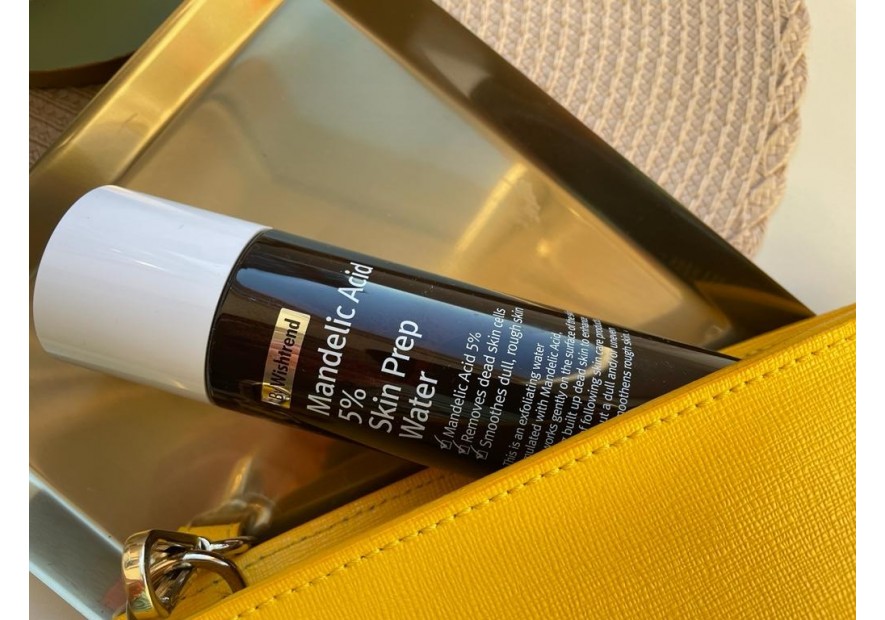
Perfect skin without wrinkles, pigmentation and imperfections - many of us dream about it. Unfortunately, many women still struggle with skin problems. It is possible to get rid of a number of skin problems thanks to the amazing properties that mandelic acid has.
What is worth knowing before you decide to include it in your care? How to apply mandelic acid on the face and are there any contraindications to its application to our skin? And also - what are the best cosmetics with mandelic acid? If you are interested in this ingredient, want to include it in your skin care routine and learn more about it, be sure to stay tuned until the end of this article.
Mandelic acid - what is it?
Mandelic acid, which can also be found in cosmetics under the name "Mandelic Acid", is an organic chemical compound whose formula is C8H8O3. It is one of the popular acids belonging to the AHA group (alpha hydroxy acids). In its pure form, it resembles white crystalline petals. Occurs naturally and is extracted from natural resources. It can be found in the bitter almonds from which it is derived. Works great on scars and wrinkles. It is also used in the treatment of acne. It is worth emphasizing that mandelic acid is a completely soluble ingredient in alcohols (isopropyl, ethyl). It is only partially soluble in water.
Mandelic acid for the face - properties
There are many uses for mandelic acid in the cosmetics industry, and depending on its intensity, they will differ from each other. Mandelic acid can be present in concentrations ranging from 5% to even 40%. The ingredient acts on the skin bidirectionally. What does it mean? Firstly, it has an exfoliating effect on the skin, and secondly, it has a disinfecting effect.
The higher the concentration, the stronger the effect. In creams used for daily, night skin care, you will usually find mandelic acid in concentrations up to 15%. High concentrations of 30, 35 or 40% are used during professional treatments in beauty salons.
Mandelic acid is mainly used to exfoliate the outer layer of our epidermis. Great for fighting acne and inflammation.
Why should you use mandelic acid on your face? Advantages
Mandelic acid works very gently unlike its other acids. Its molar mass is greater than that of other acids from the AHA group. What does this really mean for us? The higher molar mass means that the mandelic acid molecules are larger, which makes them penetrate the skin much more slowly. They work just as intensely as other AHAs, but they are not as invasive, so they can also be used by people with highly reactive and sensitive skin. But that's not all. Among the benefits of mandelic acid, we should also mention its antibacterial and anti-inflammatory effects. In addition, it has a moisturizing and restorative effect. It is able to reduce fine wrinkles and regenerate the skin. Mandelic acid for the face increases the thickness of the epidermis and strengthens it, in addition, it regulates the excessive functioning of the sebaceous glands.
Mandelic acid in summer - can it be used on the face?
Mandelic acid is not an acid with photosensitizing properties that make it work great in any season. It can be used both in summer and winter, with proper sun protection (face cream with SPF is used every day: summer, spring and autumn - even if we do not leave the house). Mandelic acid is a solution that can be used by people with a high skin phototype.
Mandelic acid for the face. What are the effects of using mandelic acid on the face?
If you are wondering what effects regular use of mandelic acid brings, here they are:
Radiant and smooth face. This is possible due to the fact that mandelic acid affects the removal of dead epidermis, thereby brightening the face and adding life and fresh tone.
Elasticity of the skin and smoothing of small wrinkles. Mandelic acid is an ingredient that stimulates the production of collagen in our body. As a result, the skin looks more elastic. You will see the first effects of using acid for this purpose after a few weeks of use.
Skin without pigmentation. Mandelic acid reduces the appearance of pigmentation on the face, for example after acne.
Skin without acne. Mandelic acid for the face is a phenomenal solution in the fight against acne.
Matte skin without a radiant T-zone. Mandelic acid, as we have already mentioned, regulates the sebaceous glands. It unblocks clogged pores, reduces the radiance of the skin, which creates a much smaller number of possible imperfections on the face.
Mandelic acid during pregnancy - is it safe?
Mandelic acid is safe for pregnant women and during childbirth. It acts only on the surface of the skin, so it does not enter the pregnant woman's bloodstream. When considering acid treatment, however, it should be taken into account that the skin during pregnancy and the postpartum period is much more sensitive and prone to irritation, therefore, although mandelic acid is safe, its use should be approached with caution. When using acid during pregnancy, start at low concentrations and slowly increase the concentration if your skin is not irritated.
Mandelic acid - contraindications to its use
We have already mentioned many times that mandelic acid is a low aggressive acid from the AHA group of acids. However, there are a number of contraindications to face care using mandelic acid. These are facial herpes, fresh scars and open wounds, atopic dermatitis and anti-acne therapy using isotretinoin.
In addition, contraindications also include: prolonged exposure to the sun, as well as retinoid therapy.
The best cosmetics with mandelic acid
Facial cosmetics with mandelic acid:
By Wishtrend Mandelic Acid 5% Skin Prep Water - mandelic acid toner.
Some By Mi AHA 10% Amino Peeling Ampoule - acid peel ampoule with amino acids.
Body cosmetics with mandelic acid:
Some by Mi AHA-BHA-PHA 30 Days Miracle Clear Body Cleanser - cleansing gel for problem body skin.

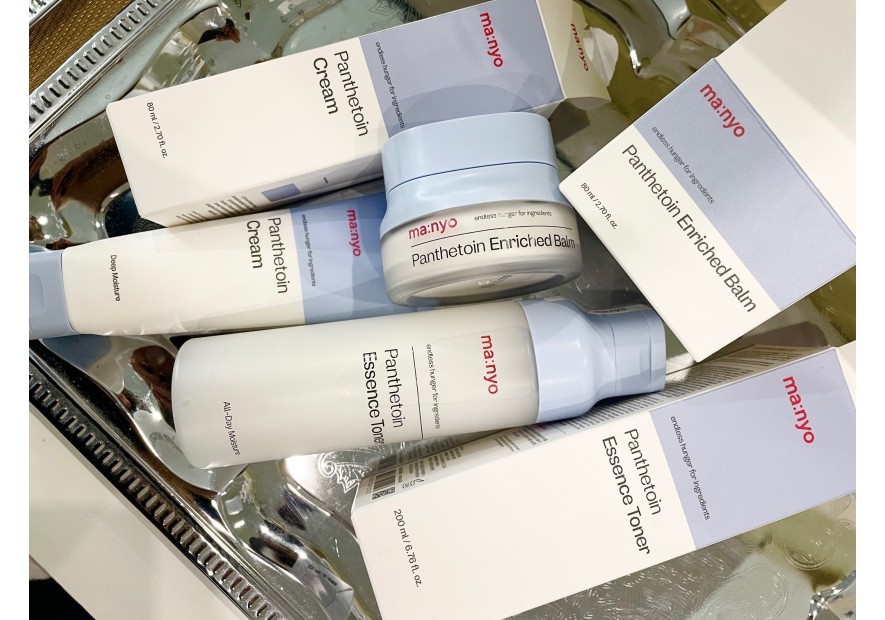
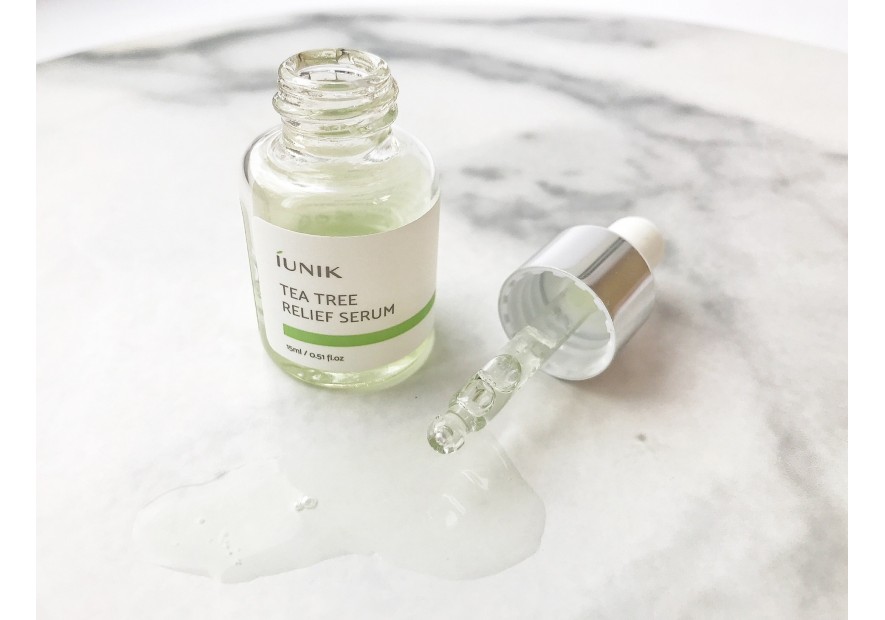
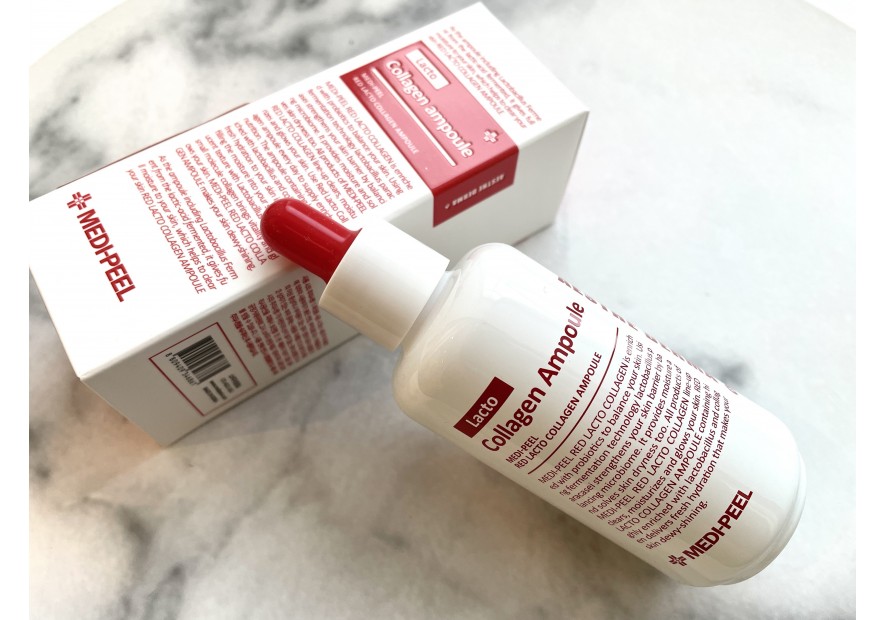

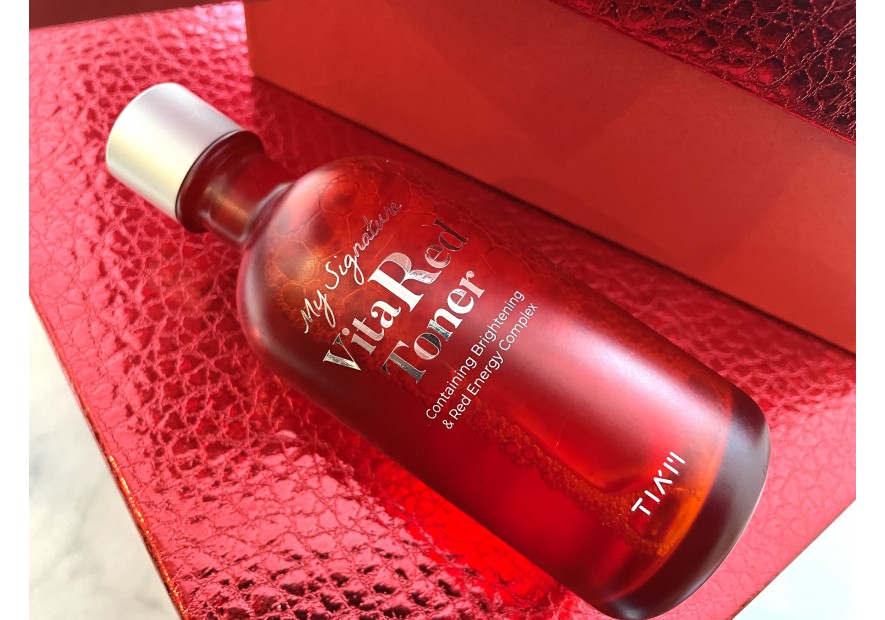

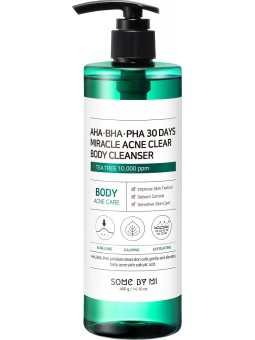
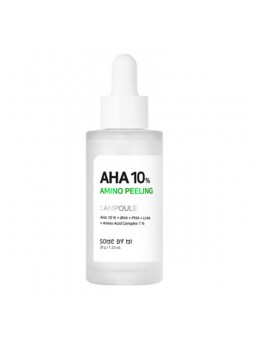
Leave a comment